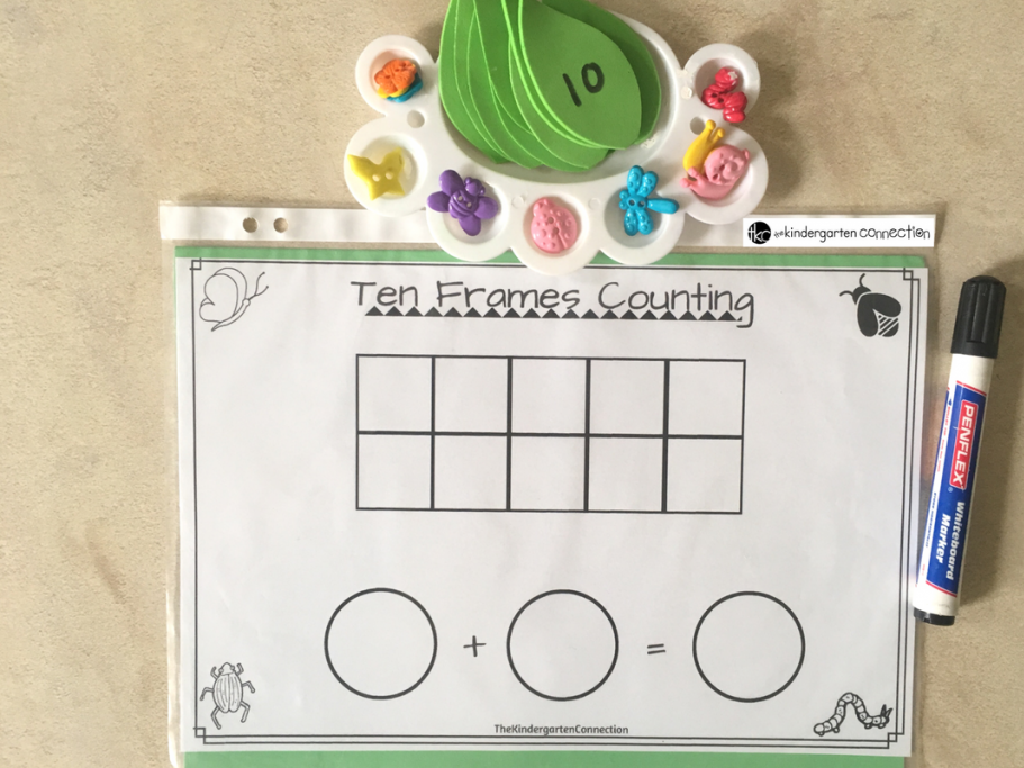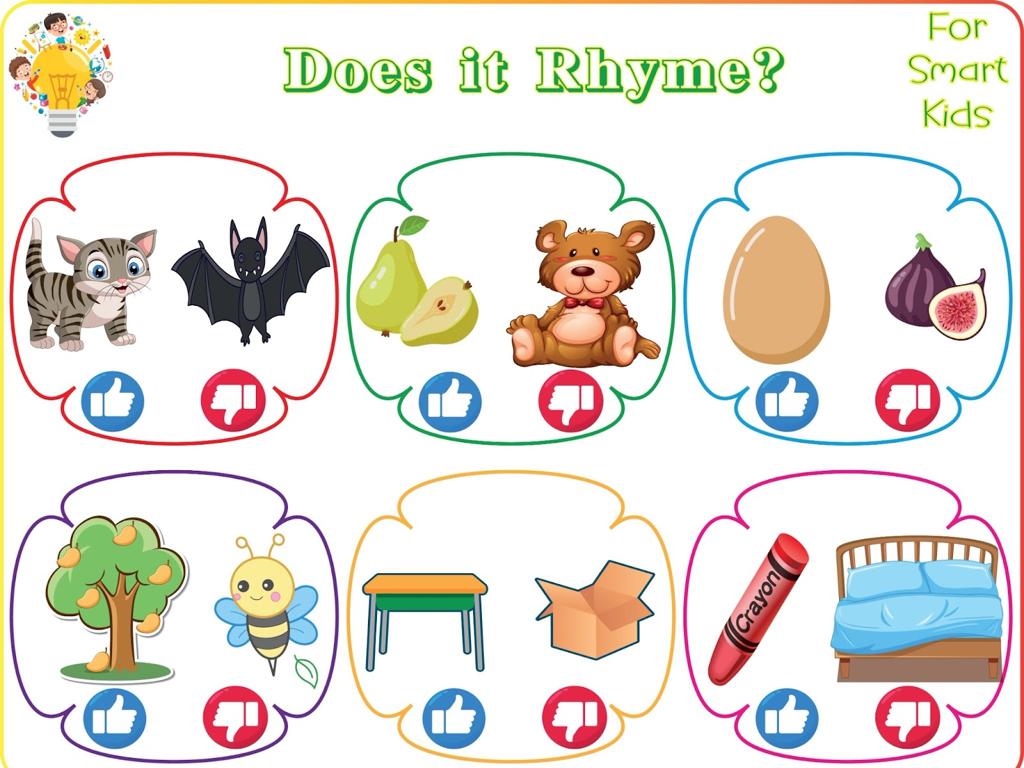Subtract Doubles
Subject: Math
Grade: First grade
Topic: Subtraction Strategies Up To 20
Please LOG IN to download the presentation. Access is available to registered users only.
View More Content
Welcome to Subtraction: Subtracting Doubles
– Learn to subtract doubles
– Subtraction means taking away
– Like 5 apples, take away 2, left with 3
– Understand what ‘doubles’ are
– Doubles are pairs: 6 is double of 3
– Examples of subtracting doubles
– 8 – 4 = 4 because 4 is double of 4
|
This slide introduces first graders to the concept of subtraction with a focus on subtracting doubles. Begin by explaining subtraction as the process of taking numbers away from each other. Engage the class by asking what they think a ‘double’ is to assess prior knowledge. Clarify that a double is simply a pair of the same number. Provide clear examples of subtracting doubles, such as 8 – 4, and explain that since 4 is double of 4, the answer is 4. Encourage students to think of doubles they already know and how subtracting them might look. This will set the foundation for more complex subtraction problems.
Understanding Doubles in Subtraction
– What are doubles?
– Doubles are pairs like 2+2 or 3+3.
– Example: Adding apples
– Like 2 apples + 2 apples = 4 apples.
– Practice doubles addition
– Let’s add: 2+2, 3+3, 4+4, and so on.
– Get ready to subtract doubles
|
This slide introduces the concept of doubles to first graders as a foundation for learning subtraction strategies. Begin by explaining that doubles are simply two of the same number added together. Use relatable examples, such as combining groups of apples, to illustrate this concept. Engage the students in practicing doubles addition with a few examples to solidify their understanding. This practice will prepare them for the next step, which is learning to subtract these doubles. Encourage participation and use manipulatives like counters or drawings to help them visualize the concept.
Subtracting Doubles
– What are doubles in subtraction?
– Doubles are pairs, like 2 and 2, or 4 and 4.
– Example: 4 apples – 2 apples
– If you start with 4 apples and take away 2, you have 2 apples left.
– Practice subtraction with examples
– Let’s solve 6 – 3 and 8 – 4 together.
– Understand subtraction is taking away
– Subtraction means you end up with fewer items than you started with.
|
This slide introduces the concept of subtracting doubles to first graders. Begin by explaining that doubles are simply pairs of the same number and that subtracting one of the numbers in a double means taking one pair away. Use tangible examples like apples to illustrate this point. Engage the class with interactive examples where they can participate in solving subtraction problems. Emphasize that subtraction is the process of taking away, which results in having fewer items than we started with. Encourage students to use their fingers or objects to visualize the subtraction of doubles.
Subtracting Doubles
– Understanding ‘doubles’ concept
– ‘Doubles’ are pairs like 3 and 3, or 4 and 4
– Example: 6 – 3 equals 3
– Since 3+3 is 6, subtracting one 3 leaves us with 3
– Example: 8 – 4 equals 4
– 4 doubled is 8, so taking away 4 leaves 4
– Let’s solve together!
– We’ll use doubles to find answers as a class
|
This slide introduces the concept of ‘doubles’ in subtraction, which is a strategy to help students understand subtraction within 20. Start by explaining that a ‘double’ is when two groups of the same number are added together. Use simple examples like 6 – 3 and 8 – 4 to show how subtracting one of the ‘doubles’ gives us the other number. Encourage the students to visualize or use objects to represent the numbers being subtracted. The goal is for students to recognize patterns in subtraction and to use the concept of ‘doubles’ to solve problems more easily. During the class, engage the students by asking them to find the ‘double’ and solve similar problems together.
Practice Time: Subtracting Doubles
– Time to subtract doubles
– Find the double, then minus one
– If 8-8=0, then 8-7=? Think one less.
– Partner up for practice
– Work together to solve problems
– Use counters to help
– Counters make it easier to visualize
|
This slide is designed to engage students in a hands-on activity to practice the concept of subtracting doubles. Encourage students to first identify the double fact (e.g., 6-6) and then subtract one to find the answer (e.g., 6-5). Students should pair up to encourage collaboration and use physical counters to help them visualize the subtraction process. As they work through problems, walk around the classroom to offer guidance and support. Possible activities include: using different colored counters for each number, having a ‘subtracting doubles’ race, or creating a doubles subtraction chart. The goal is to reinforce their understanding of subtraction within 20 by using a familiar doubles strategy.
Subtracting Doubles
– Understanding doubles
– A double is the same number added twice, like 4 + 4.
– How to subtract a double
– Take away the number from itself, like 8 – 4.
– Why learn subtracting doubles
– It makes math faster and easier!
– Practice with examples
– Let’s try 6 + 6 and then subtract 6.
|
This slide aims to review the concept of doubles and how to subtract them, which is a key strategy in early math education. Start by explaining what a double is, using simple examples that first graders can relate to, such as adding the same number of blocks twice. Then, demonstrate how to subtract a double by removing the same number of items from the total. Emphasize the importance of this skill in making mental math quicker and more efficient. Finally, engage the students with hands-on practice by using examples and objects they can physically manipulate to reinforce the concept.
Class Activity: Double Trouble
– Let’s play ‘Double Trouble’!
– Find doubles on subtraction cards
– Look for pairs like 6 – 3 and 8 – 4
– Solve the doubles problems
– Use what you know about doubles to subtract
– Finish first for a sticker reward!
|
This activity is designed to reinforce the concept of subtracting doubles. Provide each student with a set of subtraction cards that have doubles such as 6 – 3, 8 – 4, etc. Explain that doubles are two identical numbers. Encourage them to use their knowledge of doubles to solve the problems quickly. Monitor the students as they work, offering help as needed. The first student to correctly complete all their subtraction problems receives a sticker. This activity promotes quick recall of subtraction facts and provides a fun incentive for participation. Prepare variations of the game for different skill levels, such as using visual aids for some students or offering more complex doubles for advanced students.






